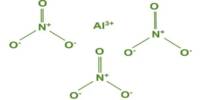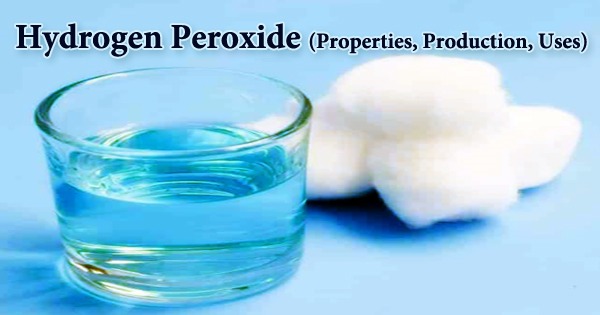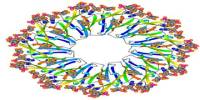In order to get to the photosynthetic reaction center, energy packets called photons must first pass through a number of light-harvesting proteins in the photosynthetic cells. Cells use that energy to create electrons, which in turn drive the synthesis of sugar molecules.
Near-unity quantum efficiency, a phenomenon that occurs when nearly every photon of light received produces an electron, describes this flow of energy through the light-harvesting complex.
A recent discovery by MIT scientists provides a possible explanation for how the highly efficient light-harvesting complex, commonly known as the antenna, is made up of proteins. The ability to monitor the energy transfer between light-harvesting proteins for the first time allowed the researchers to learn that the disordered arrangement of these proteins increases the efficiency of the energy transduction.
“In order for that antenna to work, you need long-distance energy transduction. Our key finding is that the disordered organization of the light-harvesting proteins enhances the efficiency of that long-distance energy transduction,” says Gabriela Schlau-Cohen, an associate professor of chemistry at MIT and the senior author of the new study.
MIT postdocs Dihao Wang and Dvir Harris and former MIT graduate student Olivia Fiebig Ph.D. are the lead authors of the paper, published in the Proceedings of the National Academy of Sciences. Jianshu Cao, an MIT professor of chemistry, is also an author of the paper.
Energy capture
Purple bacteria, which are frequently found in oxygen-poor aquatic habitats and are frequently utilized as models for investigations of photosynthetic light-harvesting, were the focus of this study for the MIT team.
In order for that antenna to work, you need long-distance energy transduction. Our key finding is that the disordered organization of the light-harvesting proteins enhances the efficiency of that long-distance energy transduction.
Gabriela Schlau-Cohen
Captured photons move via light-harvesting complexes made of proteins and light-absorbing pigments like chlorophyll inside these cells. Scientists have been able to examine how energy transfers inside of a single one of these proteins using ultrafast spectroscopy, a method that makes use of incredibly brief laser pulses to probe activities that take place on timeframes of femtoseconds to nanoseconds.
However, because it necessitates carefully arranging several proteins, analyzing how energy is transferred between these proteins has proven to be far more difficult.
The MIT researchers built synthetic nanoscale membranes with a composition comparable to that of naturally occurring cell membranes in order to construct an experimental setup where they could evaluate how energy transfers between two proteins. They were able to regulate the distance between two proteins implanted within these membranes, also known as nanodiscs, by adjusting the size of the disks.
For this study, the researchers embedded two versions of the primary light-harvesting protein found in purple bacteria, known as LH2 and LH3, into their nanodiscs. LH2 is the protein that is present during normal light conditions, and LH3 is a variant that is usually expressed only during low light conditions.
Using the cryo-electron microscope at the MIT.nano facility, the researchers could image their membrane-embedded proteins and show that they were positioned at distances similar to those seen in the native membrane. They were also able to measure the distances between the light-harvesting proteins, which were on the scale of 2.5 to 3 nanometers.
Disordered is better
The energy transfer between LH2 and LH3 can be seen by using ultrafast spectroscopy since they both absorb light at a slightly different wavelength. The scientists discovered that a photon of energy needs approximately 6 picoseconds to travel between two proteins that are near to one another. For proteins farther apart, the transfer takes up to 15 picoseconds.
Faster travel equals more effective energy transfer since more energy is lost during the transfer the longer the journey lasts.
“When a photon gets absorbed, you only have so long before that energy gets lost through unwanted processes such as nonradiative decay, so the faster it can get converted, the more efficient it will be,” Schlau-Cohen says.
Additionally, the scientists discovered that proteins grouped in lattice patterns displayed less effective energy transfer than proteins put in randomly structured structures, which is how they are typically arranged in living cells.
“Ordered organization is actually less efficient than the disordered organization of biology, which we think is really interesting because biology tends to be disordered. This finding tells us that that may not just be an inevitable downside of biology, but organisms may have evolved to take advantage of it,” Schlau-Cohen says.
The researchers intend to investigate energy transfer between other proteins, such as the transfer between proteins of the antenna and proteins of the reaction center, now that they have created the ability to monitor inter-protein energy transfer. In addition, they want to investigate how antenna proteins in organisms other than purple bacteria, such green plants, transfer energy.
















